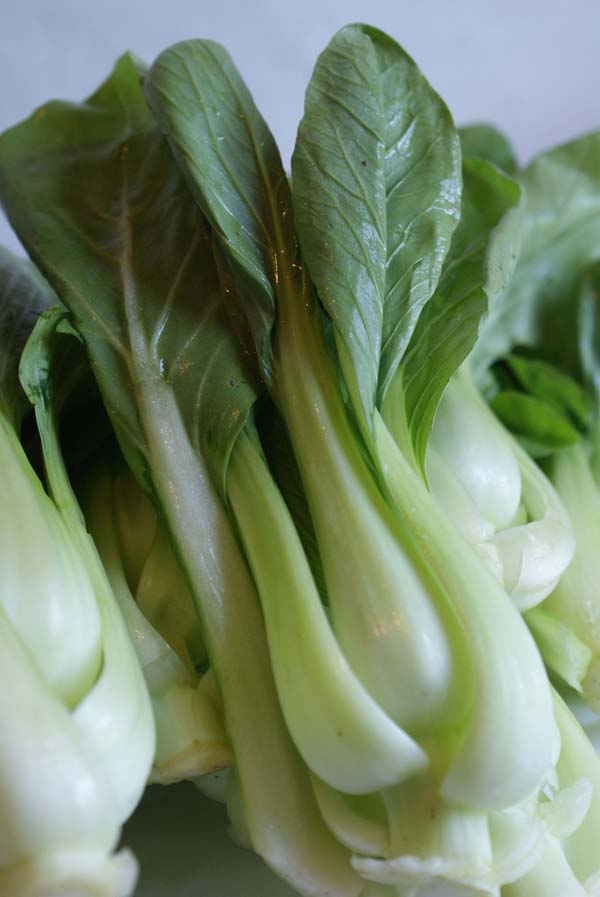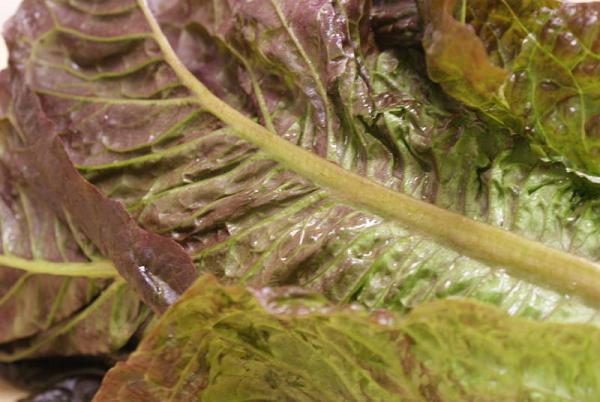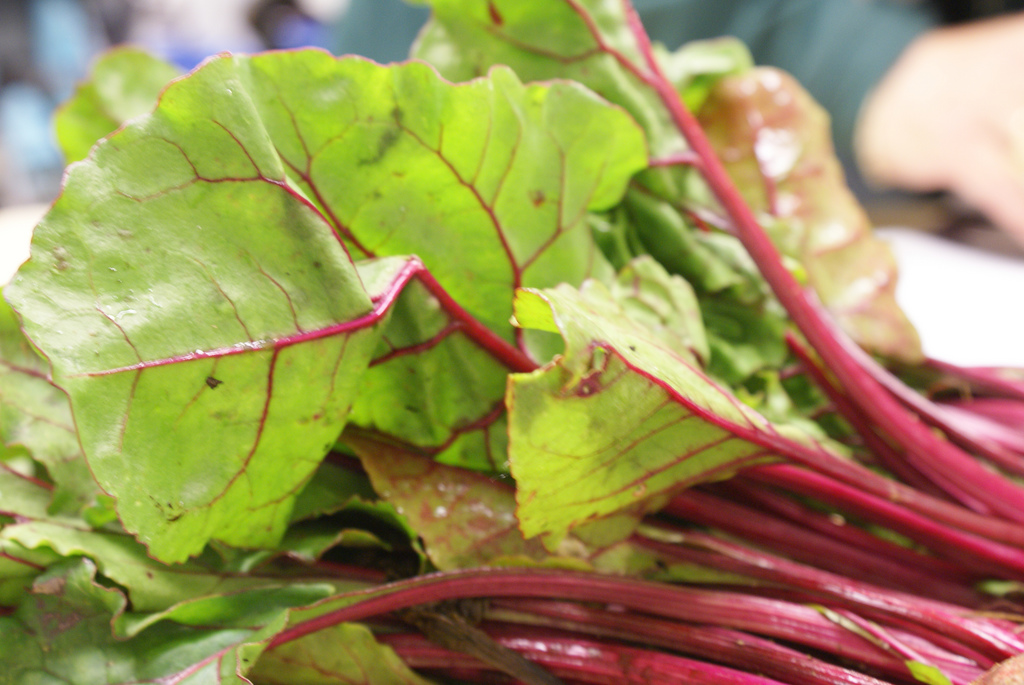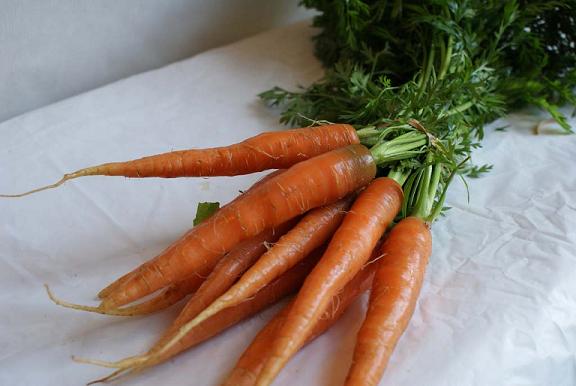
Long a staple of the Southern United States, collards are leafy green vegetables that belong to the same family that includes cabbage, kale and broccoli. Although they are available year-round they are at their best from January through April. Their dark blue-green leaves are smooth in texture and relatively broad, distinguishing them from the frilly edged leaves of kale. Some describe collards to be bitter, though many find they have a mild, almost smoky flavor.
Nutrition:
1 cup of boiled collard greens (190 grams) has 50 calories, 23% of RDA calcium, 44 of folate, 21% of dietary fiber and 57% of vitamin c. Studies have shown that eating 3-5 weekly servings of cruciferous vegetables, such as collards, reduce the risk of prostate, colorectal and lung cancer.
Collard greens are an excellent source of vitamin A, vitamin C, manganese, folate, dietary fiber, and calcium. In addition, collard greens are a very good source of potassium, vitamin B2 and vitamin B6, and a good source of vitamin E, magnesium, protein, omega-3 fatty acids, vitamin B1, vitamin B5, niacin, zinc, phosphorus, and iron.
Storage:
Wrap unwashed greens in damp paper towels. Refrigerate in a plastic bag, in the crisper, up to 5 days. The sooner they are eaten, the less bitter they will be.
AKA:
Collards
Origin
Collards have been cultivated since the times of the ancient Greek and Roman civilizations. While collards may have been introduced into the United States before, but the first mention of collard greens dates back to the late 17th century. Collards are an integral food in traditional southern American cuisine.
Cooking tips:
Strip leaves from stems and discard stems. Rinse well. Boil, steam and microwave (cook just until wilted). Add to soups. Chop cooked collards for stuffings. After cooking, chill to serve cold with olive oil and lemon juice.
Leaves that are smaller in size will be more tender and have a milder flavor.
Drizzle cooked collard greens with olive oil and lemon juice.
Use lightly steamed, cooled and chopped collard greens as a filling in your sushi vegetable rolls.
Sautee with tofu, garlic and chili pepper.
Substitutions:
Mustard greens, kale, bok choy
Equivalents:
6-7 cups raw = 1.5 cups cooked









